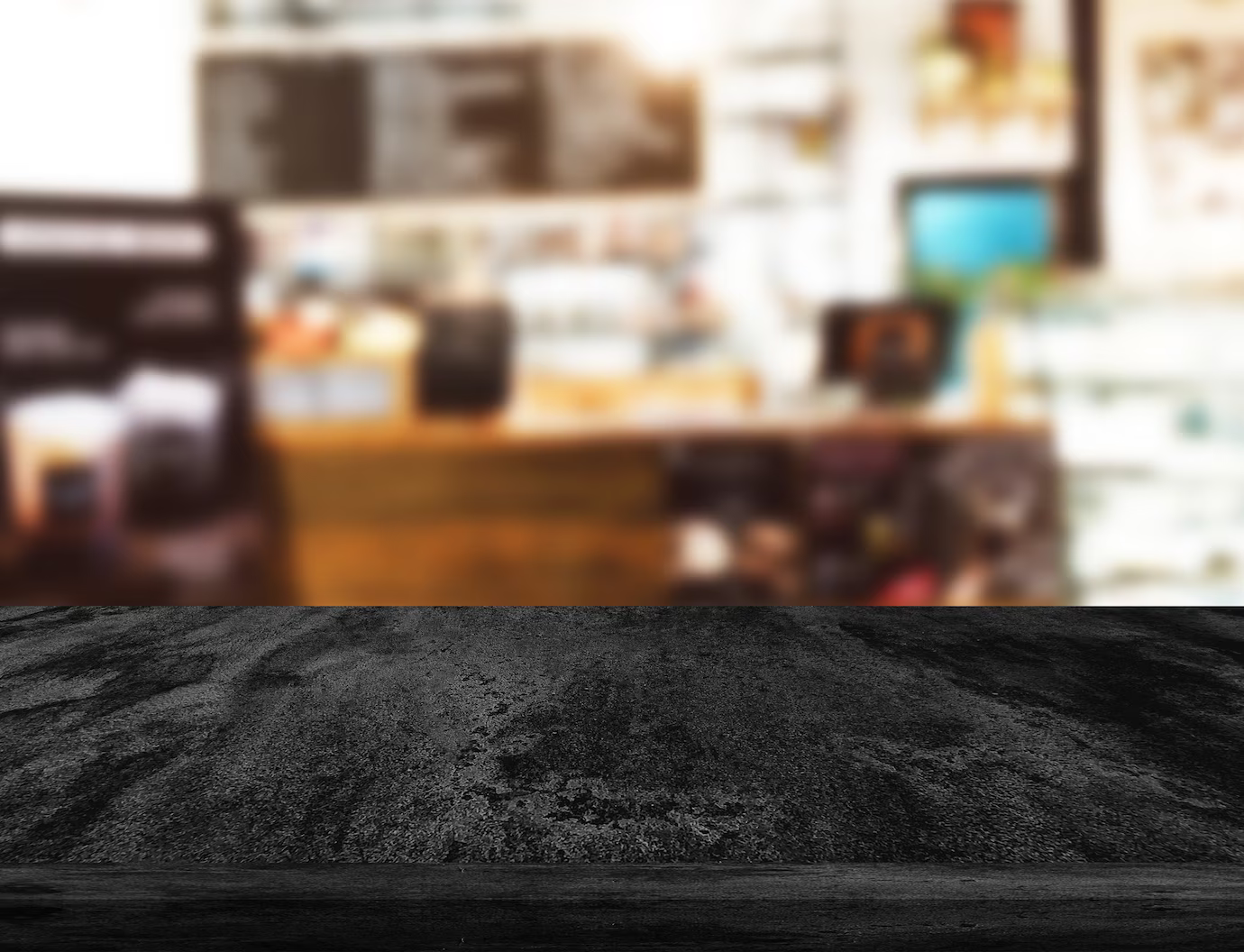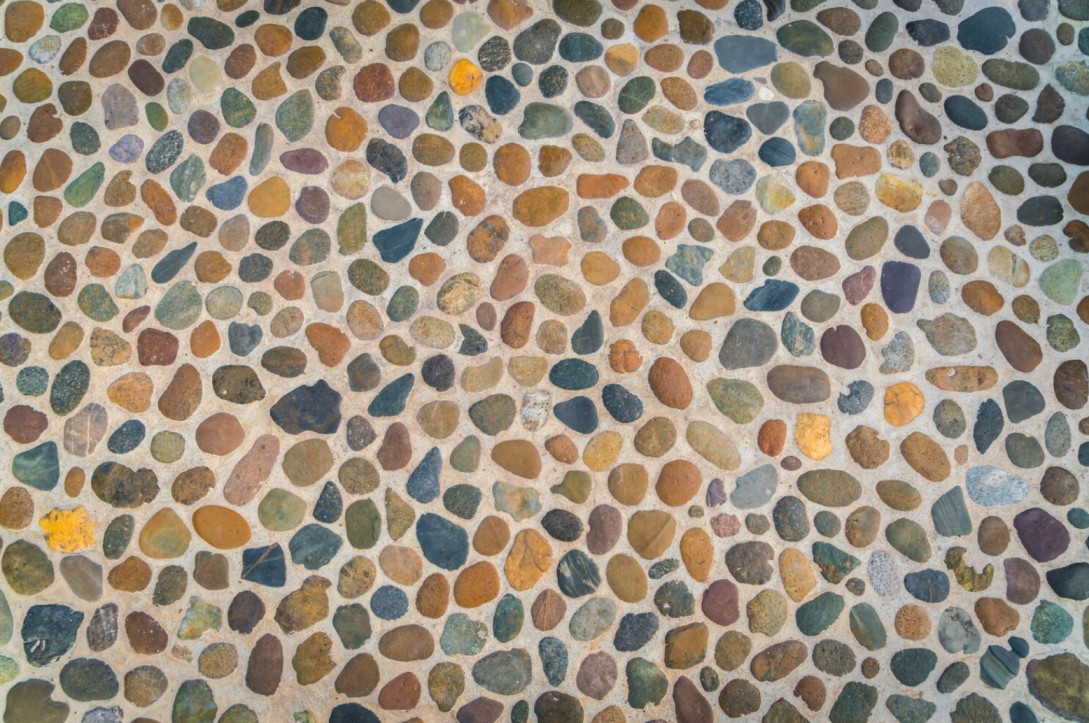





As its name suggests, soapstone has a texture and feel to it that is similar to a dry bar of soap. Soapstone is essentially talc stone, with mineral deposits formed during crystallization that are attributed to the color and hardness of soapstone. Despite the softness of the stone, soapstone remains a popular choice for countertops and other carved decor, and is most recognized for its translucent-white to dark gray coloration.
Soapstone is commonly used for countertops, wall tiles, and even fireplaces, but the demand for soapstone materials has dwindled as granite provides a higher degree of hardness for architectural uses. Soapstone is still used to create decorative pieces, household surfaces, as well as a wide range of cookware as it is listed as a safe material for direct food contact.

Benefits of Soapstone
Durability
The non-porous properties of soapstone lend to its features of being heat-resistant, stain-resistant, and waterproof. For these reasons, soapstone is popular for use in kitchens and bathrooms as countertops, where these areas typically get their fair share of moisture, spills, and oils.
However, the stone can be easily scratched even when polished and varnished. While the softness of the stone can be considered a con for practical applications, it provides different use cases for soapstone in carving out decor and cookware. As cookware, soapstone is known to have fair heat conductivity.
Versatility
Throughout history, there have been records of soapstone being used for carving ornaments, and statues, creating outwork, and fashioning into various utensils and cookware across Egyptian, Indian, and Chinese cultures and civilizations, and this versatility is still very much true now. Today, soapstone continues to be used for decorative purposes rather than structural ones, and is most commonly used in artworks, sculptures, and home decor.
Aesthetics
Those interested in integrating soapstone into their households will be happy to know that it can be found in a variety of colors depending on the composition of minerals found in the surrounding environment. White soapstone can have a translucent quality to it, especially when unpolished, while gray soapstone can show off white or gold veining similar to marble.
Soapstone can also come in rust, beige, and even green hues. However, dark gray soapstone is the most commonly used type of soapstone in kitchens and as countertops. Soapstone would typically have veinings due to the concentration of different impurities during its formation, but solid-colored soapstone also exists.
Texture-wise, raw soapstone is said to feel greasy, soft, and slightly waxy—much like a dry bar of soap. When polished and varnished, the stone presents a shiny, smooth finish that has a glassy feel and appearance. This gives you much more say in the finished appearance of your soapstone surfaces.

How to Clean Soapstone Surface Regularly
Keeping your soapstone surface clean doesn’t have to be difficult, so long as you know exactly what to do.
- Prepare Cleaning Solution - Fill a bucket with some warm water before adding a few drops of mild liquid dish soap into the mix. Gently stir everything together until you’re sure that both ingredients are properly mixed.
- Begin Wiping - With a clean sponge or a soft cloth, soak this into your cleaning solution before wringing out any excess liquid. Then, take your dampened sponge or cloth and begin wiping the surface completely in circular motions. Feel free to rinse and wring out your sponge or cloth as many times as you need to.
- Rinse and Dry - When you’ve finished covering the whole thing, dampen a clean cloth with some warm water and go over everything one last time to remove any traces of the cleaning solution. Go over this one more time with another clean cloth to ensure that everything is completely dry.

How to Remove Stains from Soapstone Surface
The sensitivity of soapstone as a material means that you can’t just clean it like any other surface, but stain removal is definitely possible with the right steps.
- Prepare the Stained Area - The first thing you should always do is to remove as much of the stain as possible. For liquid stains, get a clean cloth and use this to soak up the excess liquid. Make sure that you don’t aggressively rub or scrub at the affected area as this can only push the liquid more deeply into the soapstone.
For non-liquid stains like food spills, gently scrape off as much as you can with a plastic knife or something similar that won’t leave any scratches behind. You can also get a clean cloth and try soaking up as much residue as you can to make the cleaning process much easier. - Choose Cleaning Solution - When it comes to cleaning away any messes, it’s best to stick with an all-purpose cleaner that comes in a spray bottle. Make sure to pick one with a neutral pH level to avoid compromising the quality and appearance of the surface.
- Begin Cleaning - Spray your cleaning solution onto the affected area, making sure to use this sparingly and avoid oversaturating the material. Then, dampen a soft cloth with some warm water and use this to rub over the stain in circular motions, repeating this a few times until the stain has been completely removed.
- Rinse and Dry - Once the stain has been completely cleaned off, lightly dampen another clean cloth with some warm water and gently dab this around the area to remove any remnants of the cleaning solution. Finally, wipe the area with another clean cloth to soak up any excess moisture and leave it to dry.

Other Cleaning Tips
Avoid Using Abrasive Cleaning Tools
As tempting as it may be to simply scrub the stain away, this is pretty much the last thing you want to do. Not only will this potentially worsen the stain and make it that much harder to clean, but harsh scrubbing tools can severely scratch the soapstone surface and leave unsightly marks all over.
Avoid Using Harsh Cleaners and Chemicals
When cleaning these surfaces, it’s best to avoid any commercial household cleaning product that has been formulated with harsh chemicals as these can negatively affect the appearance of the soapstone and potentially cause the stone to darken and discolor.
Choose Luce for Professional Cleaning
Soapstone as a material is low maintenance and beautiful, while also boasting several appealing qualities like heat resistance, but you do need to do a few things to keep them in the best shape for as long as possible. When you’re unsure of what to do or simply don’t have the time or energy to spare, Luce is here to help you out with a wide range of commercial and household cleaning services.
Send Luce a message to schedule a cleaning appointment today!






















